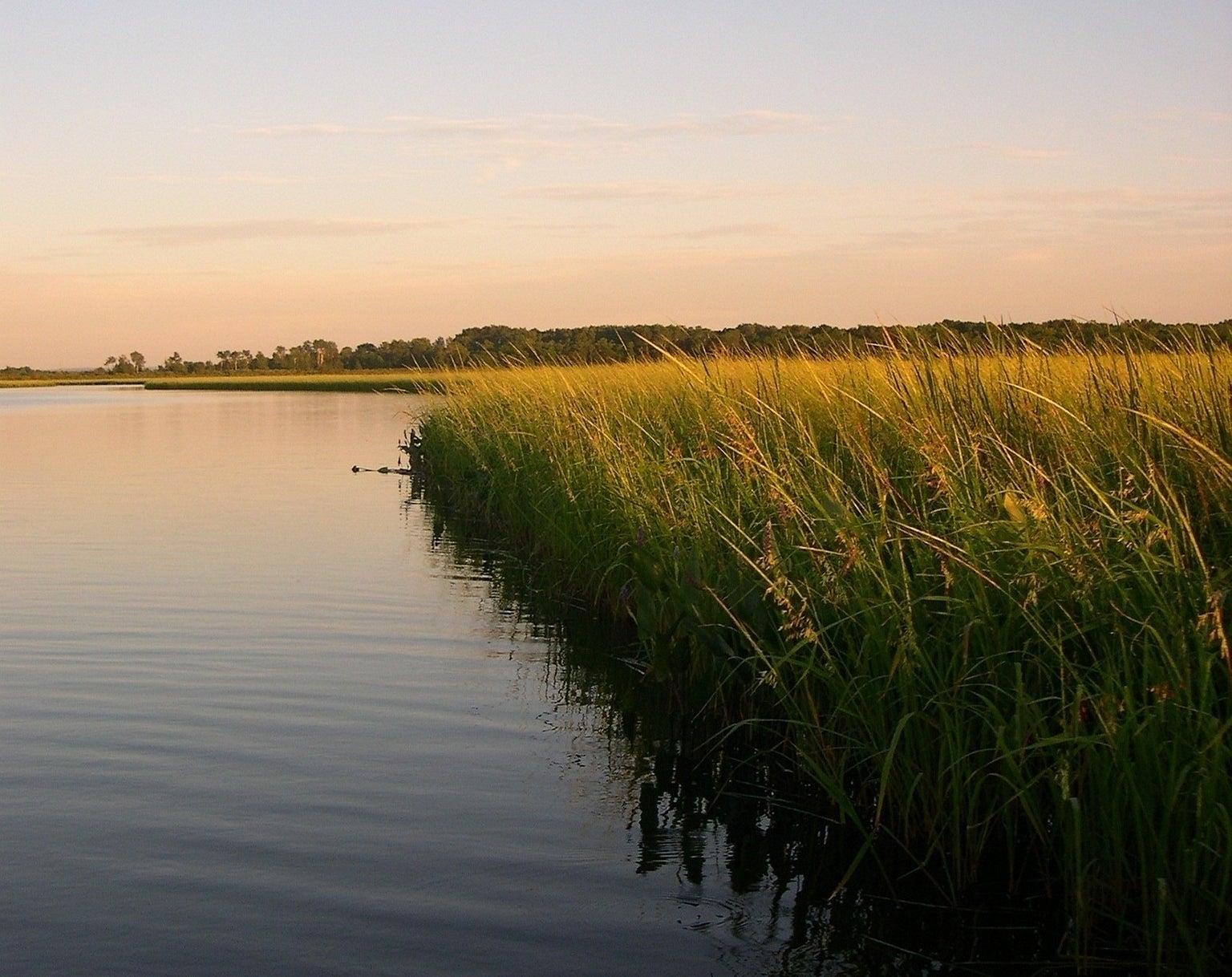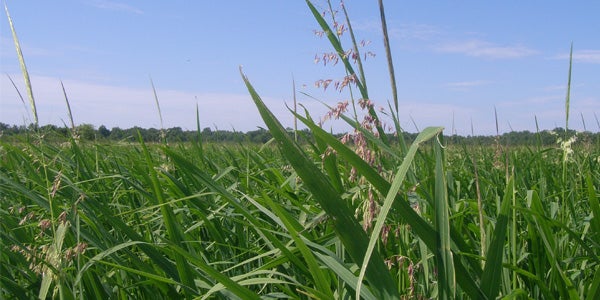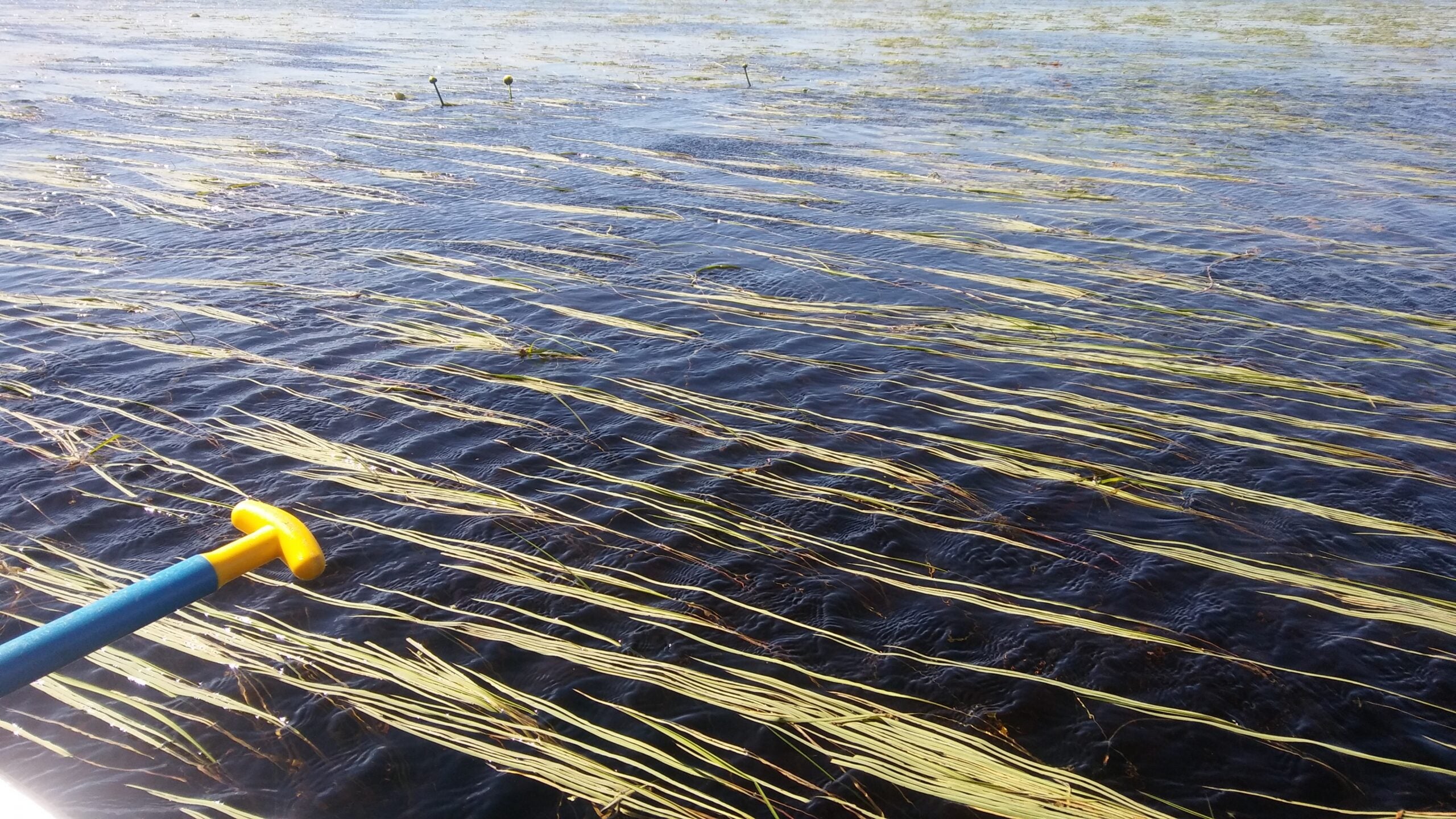The wild rice harvest this fall was a little below normal, in part because storms and high water knocked down some of the rice before it could be collected.
About 99 percent of Wisconsin’s wild rice— called manoomin in the Ojibwe language — grows in the Ceded Territory of northern Wisconsin. Great Lakes Indian Fish and Wildlife Manoomin Biologist Peter David said that his organization just finished aerial surveys of the rice beds.
“Those flights confirmed that it was just a spotty year, especially probably in northwest Wisconsin where a lot of high water this spring led to beds not being great,” said David.
News with a little more humanity
WPR’s “Wisconsin Today” newsletter keeps you connected to the state you love without feeling overwhelmed. No paywall. No agenda. No corporate filter.
David said the development reflects his biggest concern for the future of wild rice: climate change. He said that heavy storms and warmer weather will possibly cause brown spot disease, which could lead to reductions of one of the most important sources of sustenance in Indian Country.
“Wild rice was the overall most nutritious food available in this region in the Native diet and people recognized that value,” said David. “So people still really enjoy making it part of their fare. There were times when this was the go-to subsistence food to get tribal members through hard times.”
David said wild rice is also important spiritually and culturally.
“This goes back to the Anishinaabe migrations story — moving from the East Coast to this part of the world in search, really, of the food that grows on the water. So when they reached this western Lake Superior region after this long migration, the presence of manoomin beds here in this region signified that that trip was finally over,” said David.
David said some tribes are starting programs to encourage young people to take part in the annual rice harvest.
Wisconsin Public Radio, © Copyright 2025, Board of Regents of the University of Wisconsin System and Wisconsin Educational Communications Board.





